Now Reading: Top 10 Best Visiting Places in Kota for Heritage, Nature & Culture
-
01
Top 10 Best Visiting Places in Kota for Heritage, Nature & Culture
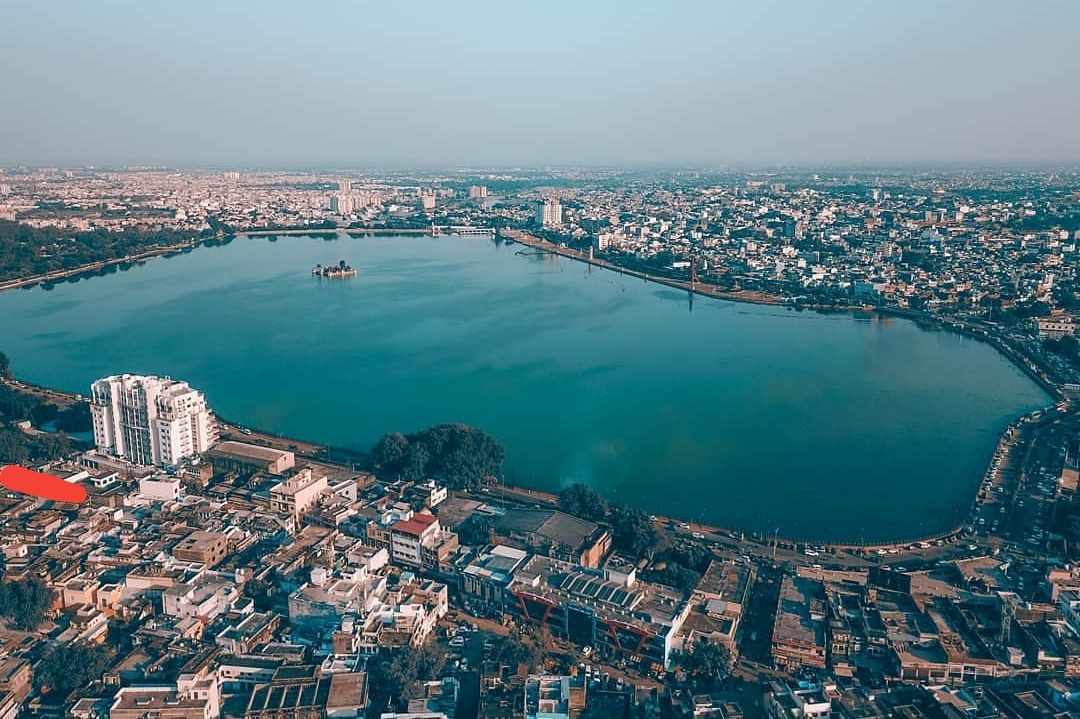
Top 10 Best Visiting Places in Kota for Heritage, Nature & Culture
1.Seven Wonder Park
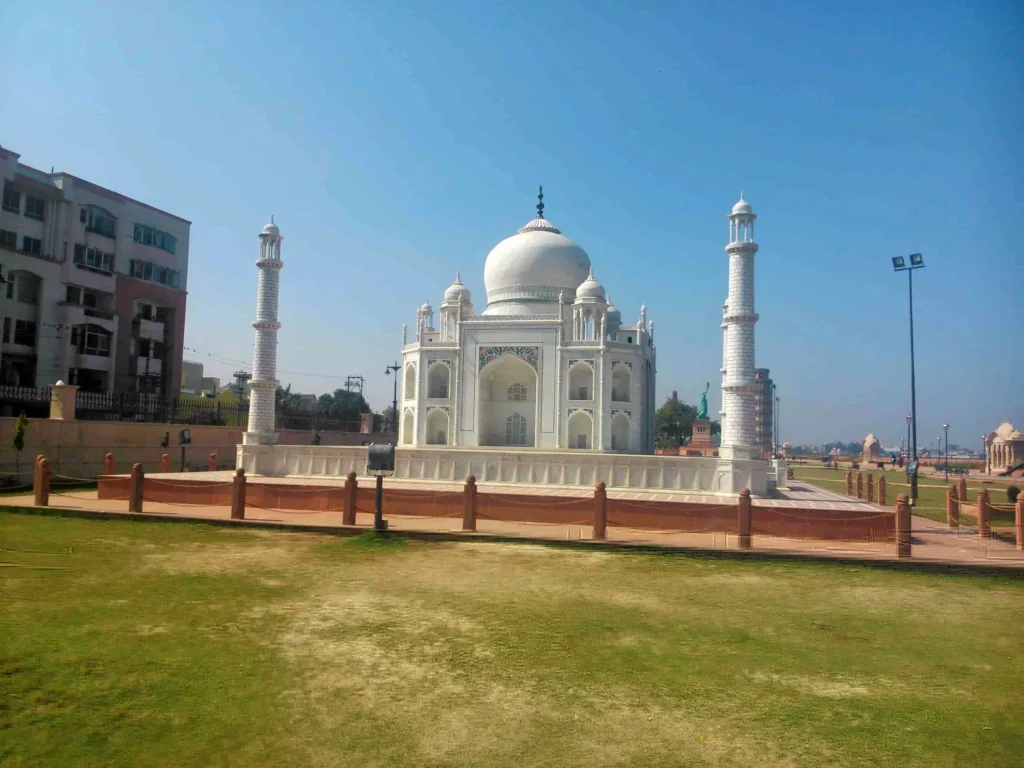
This exceptional city park provides visitors with the chance to see multiple amazing seven wonders united in one location. The site stands out among Kota’s main attractions by providing miniature re-creations of every worldwide seven wonder.
The urban development department invested 20 crores to accomplish the project’s modification. The park contains miniaturized versions of both Taj Mahal along with Great Pyramid and the Eiffel Tower as well as four additional marvels.
The park finds its place at the Kishore Sagar Lake bank therefore adding beauty to the entire area. People visit the park to enjoy picnics with family and friends while they can find food stalls located within its premises.
Location– Kishore Sagar Lake, Kota, Rajasthan
Entry Fee – INR 2
Timing – 4:30 PM – 10PM
🕰️ Best Time to Visit
The park maintains operating hours from 4:30 PM until 10:00 PM during late evening.
Sunset Time: Best views and cool weather.
Visitors can appreciate a better experience during the winter months from October to March because of the pleasant environmental conditions.
2.Jagmandir Palace
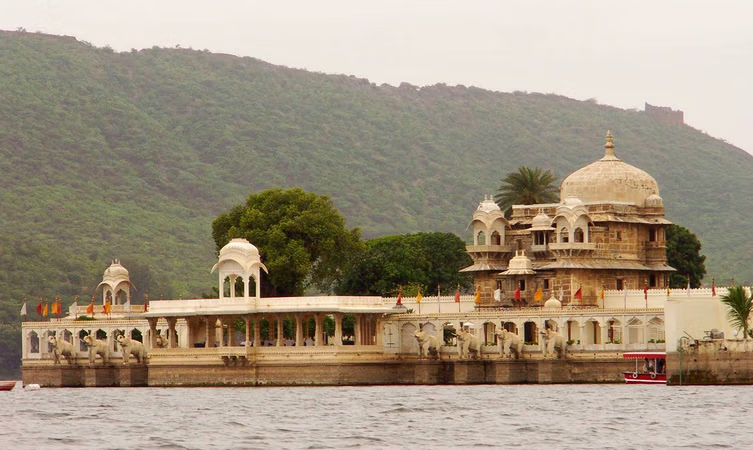
Jag Mandir Palace stands as a beautiful architectural masterpiece at Kishore Sagar Lake in the center of Kota, Rajasthan. The royal queen constructed this summer retreat from red sandstone during 1740. Towering above other Kota attractions because of its peaceful spot along with historic significance and royal elegance.
🏰 A Glimpse into History
The building rose in 1740 after construction by a Kota queen.
The royal family made this establishment their summer royal residence.
The palace combines red sandstone materials with an elegant architectural style.
🕰️ Best Time to Visit
- Sunrise or Sunset: For the most stunning views and pleasant weather.
- People should visit during the winter months spanning from October to March for excellent sightseeing conditions and perfect boat rides operations.
- The flood waters increase during monsoon season because boat transportation could become limited.
3.Kishore Sagar
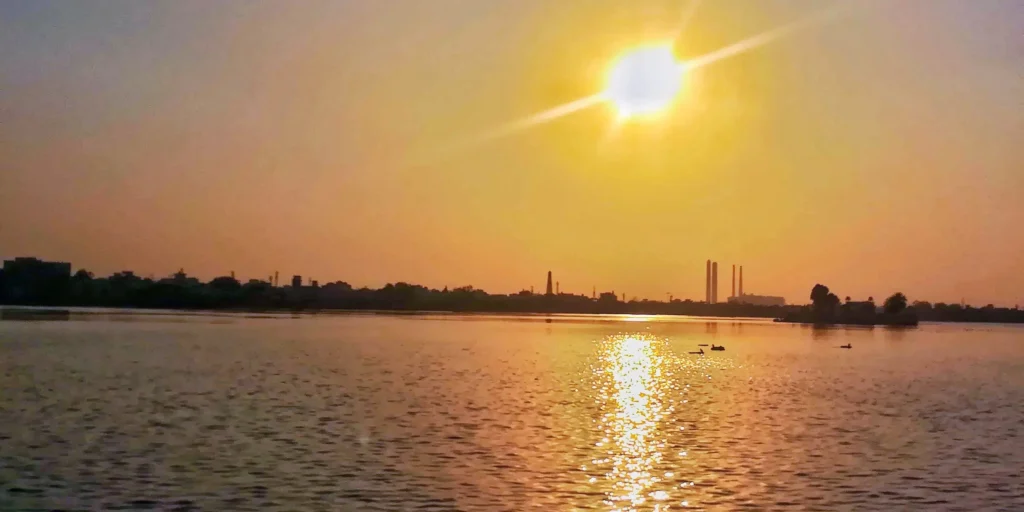
Kishore Sagar Lake stands as an artificial attraction in Kota Rajasthan which attracts visitors with its pastoral appearance alongside its heritage value. Bundi Prince Dehra Deh established this peaceful water body when he built it in 1346 and now the reservoir draws many tourists to its tranquil oasis in Kota’s central area. The tranquil waters of Kishore Sagar Lake together with its surrounding landscapes and positions of the impressive Jagmandir Palace has established this destination as one of the most beautiful sites in Kota.
🌅 A Glimpse into History
The architecture of this water structure comes from Bundi Prince Dehra Deh during 1346.
The water reservoir was built by Bundi Prince Dehra Deh for both practical water supply needs and royal beauty purposes.
Throughout the years Kota’s regal heritage and architectural excellence has transformed the lake into an important representation of the city’s royal history.
🕰️ Best Time to Visit
- Sunrise or Sunset: For the best views and golden reflections.
- The weather conditions during winter months from October through March create perfect conditions to explore the city by boat together with visiting attractions.
- The monsoon season should be avoided because boat services get limited and water levels increase.
4.Garadia Mahadev Temple
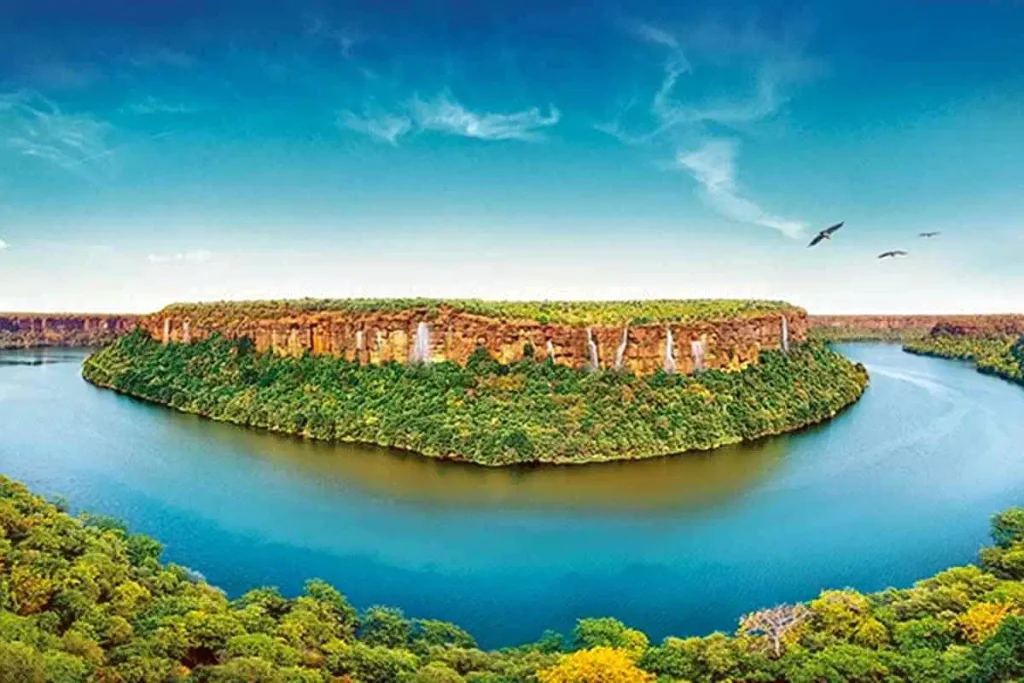
A prime sacred landmark of Kota in Rajasthan presents itself as Garadia Mahadev Temple. This temple stands at 500 feet above sea level on its vantage point with a spectacular view of the Chambal River as it cuts through the dramatic gorge. Tourists experience profound attraction toward this significant site because its natural sights and religious values make Garadia Mahadev Temple a truly distinguished attraction in Kota.
🚶♂️ Things to Do at Garadia Mahadev Temple
🏞️ 1. Enjoy the Stunning View
Experience the breathtaking scene of the Chambal River meandering through the valley by standing at the cliff edge.
The enchanting atmosphere appears during both sunrises and sunset periods.
📸 2. Photography and Sightseeing
Vacationers who visit the location can find superb photos because of the combine between temple architecture and flowing river and dramatic cliffs.
Amateur photographers will find the combination of landscape photography and Rajasthan nature exploration best achieved at this location.
🙏 3. Offer Prayers and Seek Blessings
People can join temple priest rituals as he performs them during religious ceremonies.
People seek emotional tranquility and spiritual unity during their visit to this holy location.
🌿 4. Picnic and Relaxation
These surroundings create an excellent environment to spend peaceful moments while having a picnic.
Sitting beside the cliffs you can experience natural freshness along with the soothing sounds of the surrounding environment.
🕰️ Best Time to Visit
The soft lighting from morning or sunset hours creates an ideal atmosphere because of sky color transformations.
The pleasant winter weather during October through February reveals a completely transparent view of the area.
Tour the site during any time except during monsoon since the cliffs and walking paths turn into slippery surfaces and visibility remains limited.
5.Kota Barrage
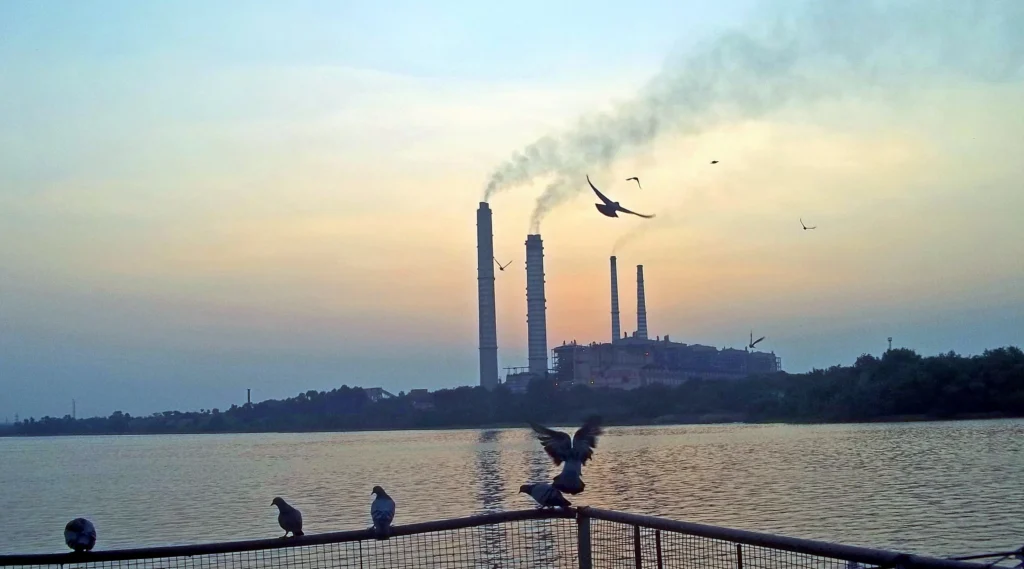
Tourists rank Kota Barrage among the most distinctive landmarks that Kota in Rajasthan possesses. It plays an essential role in the Chambal Valley Project as engineers built it for Chambal River water quantity regulation and storage before using it for irrigation and hydroelectric generation. People come to the barrage for both its critical agricultural function and its tranquil natural appeal and pleasing views.
Beauty and Thrilling Water Flow
The barrage gates create a view of white froth that brings excitement as well as tranquility.
The site benefits from both the scenic charm and misty effects that result from the strong water flow.
Visitors find opportunities at the viewing point to observe the enchanting water descent that occurs when the barrage gates operate.
Visitors find the site attractive because it combines green landscapes with views of the Chambal River.
🕰️ Best Time to Visit
Monsoon Season (July to September):
This moment brings forward the strongest water current which presents a breathtaking view to spectators.
The natural vegetation in the area shows its peak bloom.
Winter Months (October to February):
The weather during this time enables visitors to perform walking activities along with sightseeing activities.
This location is optimal for both wandering at ease and taking photographs.
6.Chambal Garden
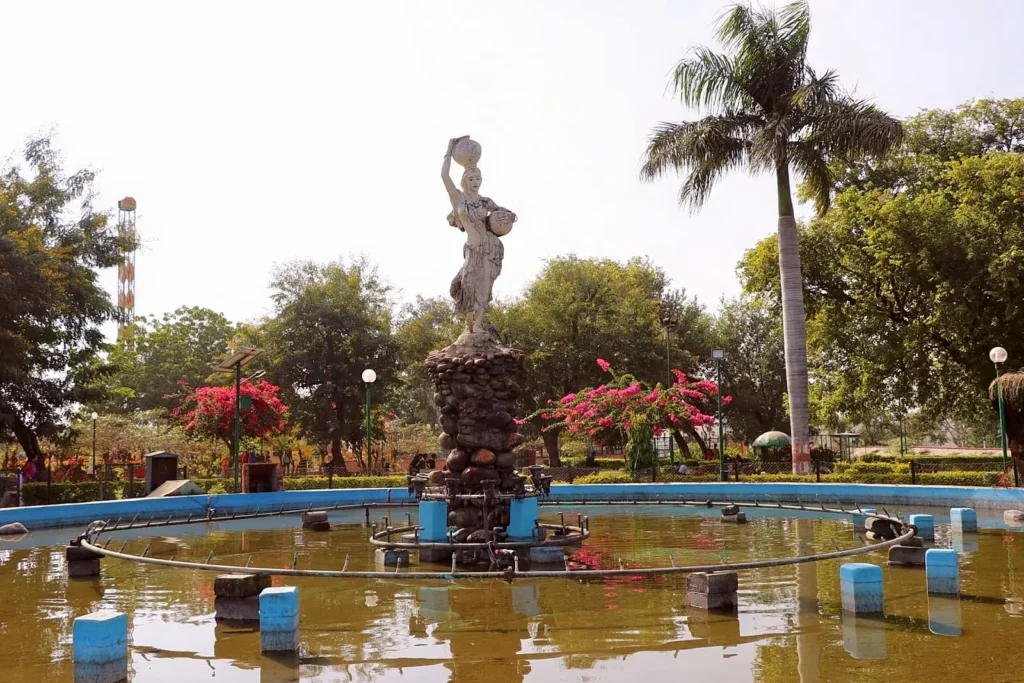
People throughout Rajasthan consider Chambal Garden to be one of the most beautiful tourism sites in Kota. The gardens stretch beautifully along the Chambal River banks offering visitors an opportunity to rest after the urban routine. People can enjoy both relaxation and family time and picnics because of the peaceful atmosphere and colorful flower beds and beautifully landscaped pathways.
🌿 A Green Oasis in the City
Visitors love Chambal Garden because its horticulture teams preserve the garden areas and plants brilliantly.
Beautiful flower beds and neatly arranged shrubs and lined trees throughout the park create a rejuvenating environment.
The running waters of the Chambal River enhance the garden’s appeal while providing a fantastic venue for rest and photography sessions.
Many visitors visit this spot to relax in addition to walking around and sitting among the natural environment.
🕰️ Best Time to Visit
- Winter (October to March):
- Wonderful climate conditions combined with flowers in bloom give the garden a beautiful appearance.
- This place provides the best conditions for both relaxing via picnics and casual walking.
- Early Morning or Late Evening:
- The setup of peaceful conditions results from cool weather and soothing room illumination.
- Ideal for photography and quiet reflection.
7.Khade Ganesh Ji Temple
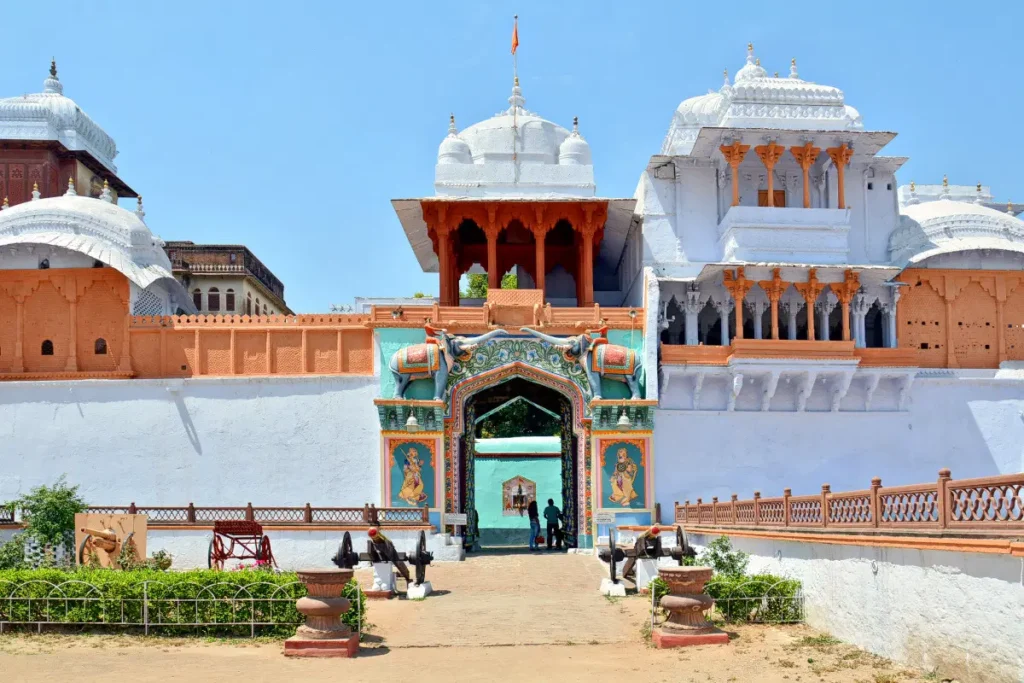
People throughout Rajasthan consider Khade Ganesh Ji Temple to be one of their oldest revered spiritual sites in the city of Kota. This distinguished holy place maintains an exceptional Ganesha idol which stands more than 600 years old making it singular throughout the nation of India. Each year thousands of devotees and tourists make their pilgrimage to the temple for blessings and to admire its historical as well as spiritual value.
A Unique Standing Idol of Lord Ganesha
A standing idol of Lord Ganesha inside this temple distinguishes it as different from all Ganesha temples throughout India.
The status of Ganesha deity at Khade Ganesh Ji Temple presents a standing posture to symbolize defendership and prayer readiness which blesses all devotees.
Visitors admire the idol as it rests under extravagant decorations that include luxurious garlands with colorful ornamentation and traditional clothing.
People who worship at this temple think both obstacles will vanish and financial abundance and triumph will come to them.
🕰️ Best Time to Visit
Early Morning or Evening:
The religious experience reaches its peak when the environment is at its most peaceful together with decreased temperature levels.
The Chambal River along with its scenic views is most picturesque at this specific time period.
Ganesh Chaturthi (August–September):
The temple fundishes its energy through exuberant celebrations while people sing and decorate it with vibrant decorations.
Many devotees join together to honor the birth of Lord Ganesha.
8.City Palace
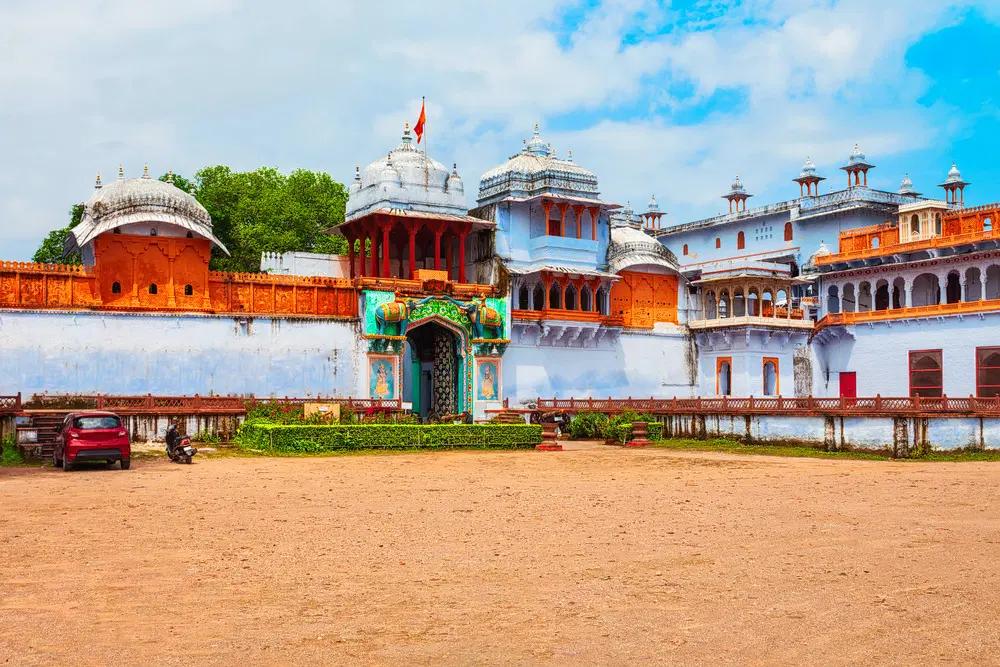
The Royal heritage of Kota finds its grand expression through City Palace which stands as a magnificent symbol in the city. The Kota rulersTailored this architectural masterpiece to combine Mughal and Rajasthani styles resulting in an expression of their Rajput dynastic greatness. Visitors who come to the palace will experience the royal era of greatness through its historical relics along with intricate carvings and fresco paintings. Through its magnificent gateways and ornamental balconies and impressive courtyards together with its historic splendor the structure demonstrates past craftsmanship and artistry which positions it as one of Kota’s most famous sights.
🏰 A Glimpse into Royal History
The Rao family of Kota erected the City Palace during the early 17th century because they descended from the Rajput ruling lineage.
The Kota royal family utilized this palace as their official domicile and the structure represented their royal power in both political and cultural domains.
The palace unites Mughal court magnificence with Rajasthani beauty in its architectural style.
Over many centuries multiple rulers have expanded the palace through successive renovations which added both historical and architectural value to its design.
🕰️ Best Time to Visit
Pleasant autumn and winter months from October through March create the ideal climate for both sightseeing in the palace complex and valley scenery observation.
The palace presents its most attractive sight during early hours or late afternoon when the gentle natural lighting creates its best visual impact.
9.Kaithoon
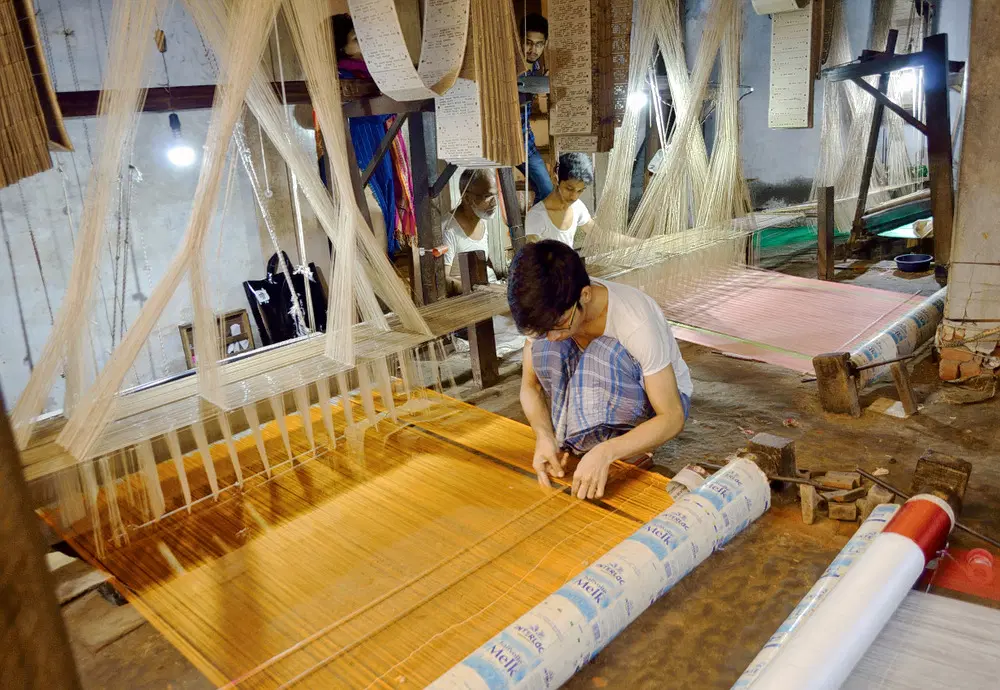
The village of Kaithoon stands close to Kota where residents maintain an outstanding standing in Indian textile history. The famous Kota Doria weaving tradition reaches its center within this town through delicate fabric production created through artistic precision and masterful craftsmanship of handloom weaving. The traditional textile-making process utilizes delicate threads of cotton together with silk along with the addition of zari elements which are gold and silver for creating light yet long-lasting textiles. This weaving technique creates a special checkered pattern which transforms Kota Doria fabric into a sought-after material for sarees along with dupattas and multiple other clothing products.
🌸 History and Significance of Kota Doria
The art of fine weaving arrived in Rajasthan during the 17th century due to Mughal influence which established Kota Doria as it exists today.
The present-day fabric-making tradition developed to its highest quality at Kaithoon through funding by Maharaja Bhim Singh of Kota.
Kota Doria first appeared exclusively for royal families and nobility because its lightweight luxurious feel made it appealing to them.
“Doria” is a Hindi term for “dori” thread due to its characteristic fine weaving format that characterizes this fabric.
🕰️ Best Time to Visit
Walking and market exploration become more pleasurable through the pleasant season from October until March.
The peak time to both evade hot temperatures and witness weaving operations runs from morning and evening hours.
10. Gaipernath Waterfall
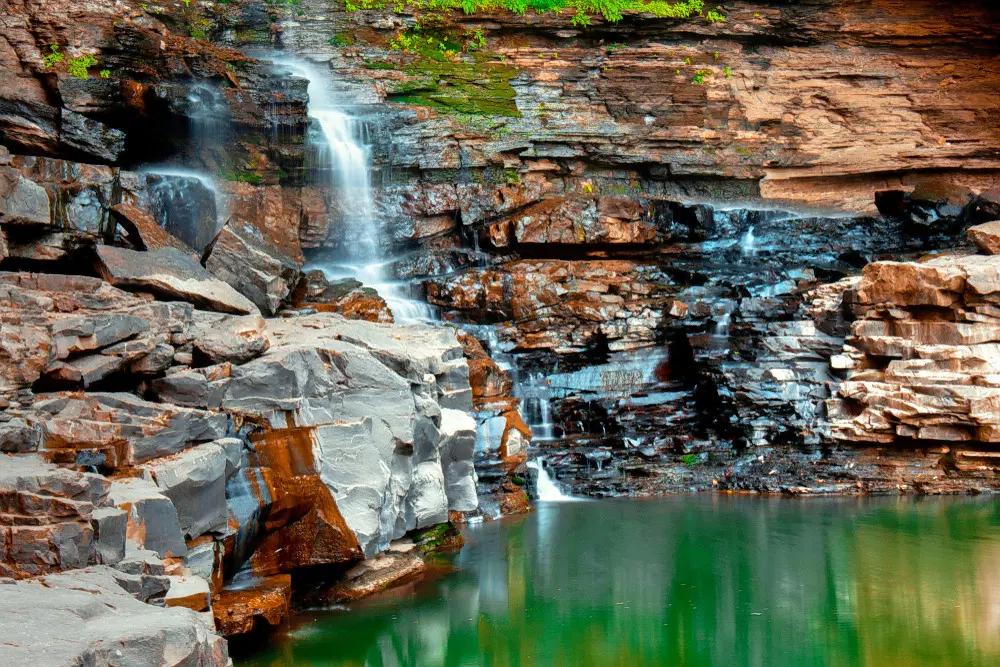
The town of Kaithoon stands as a small community close to Kota that made an extraordinary contribution to the rich cultural tradition of Indian textiles. Kota Doria weaving has established its name here as the main location for producing light yet resilient textiles through traditional hand-weaving techniques. Weavers use this historic skill to weave thin resilient fabrics by combining cotton and silk threads which regularly incorporate metal threads (zari) into their work. The specific weaving technique produces a distinctive checkered pattern which attracts consumers for creating sarees and dupattas as well as different garments.
🌸 History and Significance of Kota Doria
Rajasthan developed its fine weaving traditions in the 17th century following Mughal national control over the art from the past.
The perfect weaving technique reached its best form in Kaithoon through the support of Maharaja Bhim Singh who ruled Kota.
During its initial production Kota Doria existed only for members of the royal families alongside nobility through its lightweight properties and opulent texture.
This fabric receives its name “Doria” from the Hindi word “dori” that means thread through its exquisite thread designs.
🕰️ Best Time to Visit
The climate during October through March provides an excellent walking experience and market exploration opportunity for visitors.
Early morning or late afternoon represents the optimum hours for touring the weaving workshops because they offer escape from the hot temperatures.
Related articles : 3 Best Places to Visit in Nagaur for Heritage, Spirituality & Culture
Stay Informed With the Latest & Most Important News
Previous Post
Next Post
-
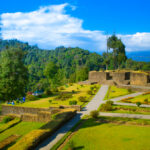 01Top 5 Best Places Visiting in Gyalshing – Monasteries, Lakes & Scenic Escapes
01Top 5 Best Places Visiting in Gyalshing – Monasteries, Lakes & Scenic Escapes -
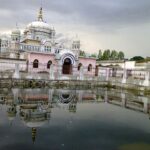 02Top 5 Best Places Visiting in Panna – Temples, Waterfalls & Wildlife Escapes
02Top 5 Best Places Visiting in Panna – Temples, Waterfalls & Wildlife Escapes -
 03Top 5 Best Places to Visit in Malerkotla – Malerkotla Fort, Sheesh Mahal & More
03Top 5 Best Places to Visit in Malerkotla – Malerkotla Fort, Sheesh Mahal & More -
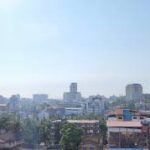 04Top 10 Best Places Visiting in Dakshina Kannad for Culture, Nature & Coastal Charm
04Top 10 Best Places Visiting in Dakshina Kannad for Culture, Nature & Coastal Charm -
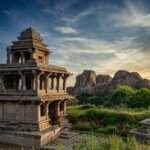 05Top 2 Best Places Visiting in Chitradurga for History, Nature & Adventure
05Top 2 Best Places Visiting in Chitradurga for History, Nature & Adventure -
 06Best Places Visiting in Shopian – Explore Top Attractions & Hidden Gems
06Best Places Visiting in Shopian – Explore Top Attractions & Hidden Gems -
 07Best Places Visiting in Narmadapuram – Temples, Waterfalls & Wildlife Escapes
07Best Places Visiting in Narmadapuram – Temples, Waterfalls & Wildlife Escapes












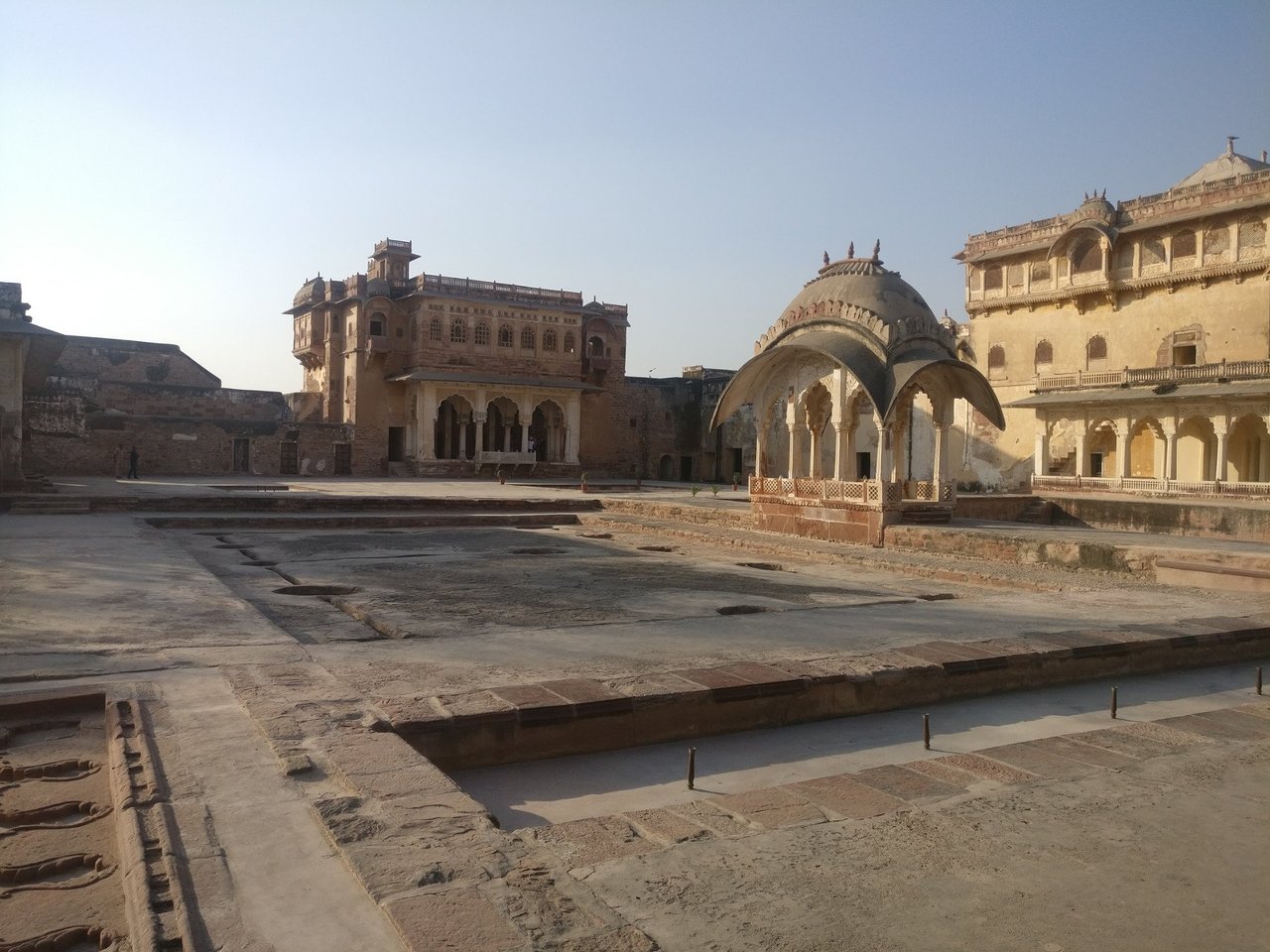
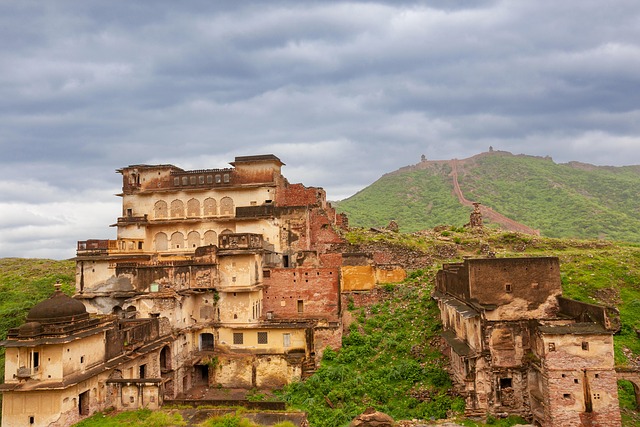
Pingback: Top 10 Best Visiting Places in Pali – Complete Travel Guide